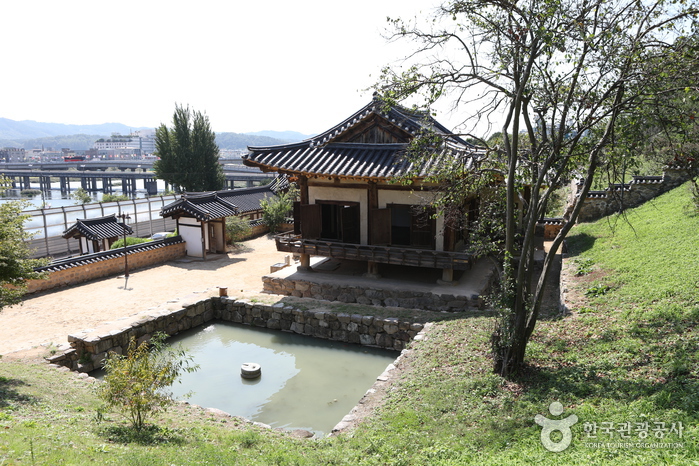Residencia Tradicional Imcheonggak en Andong (안동 임청각)
20.0Km 2023-02-22
Imcheonggak-gil 63, Andong-si, Gyeongsangbuk-do.
Imcheonggak es una de las casas tradicionales existentes más grandes de Corea, posee una historia de 500 años, y pertenece a la familia Lee de Goseong, en Andong. Es una casa elegante, con el tejado tradicional, que poseía 99 habitaciones, aunque más de la mitad fue derrumbada durante el período de la invasión japonesa. Perteneciendo a una familia de clase alta de la Época Joseon, presenta una amplia variedad de instalaciones anexas, varias subconstrucciones, pabellones, y un hermoso jardín. La casa fue construida por el 6º hijo de un funcionario de importante cargo que correspondía al reinado de Sejong (1418-1450) en la época de Joseon, quien fascinado por la belleza natural de la zona, había decidido instalarse en el lugar. Luego con el tiempo, los hijos de los hijos, han extendido la casa y habían levantado más construcciones anexas, edificaron más instalaciones, pabellones, etc.

 Español
Español
 한국어
한국어 English
English 日本語
日本語 中文(简体)
中文(简体) Deutsch
Deutsch Français
Français Русский
Русский